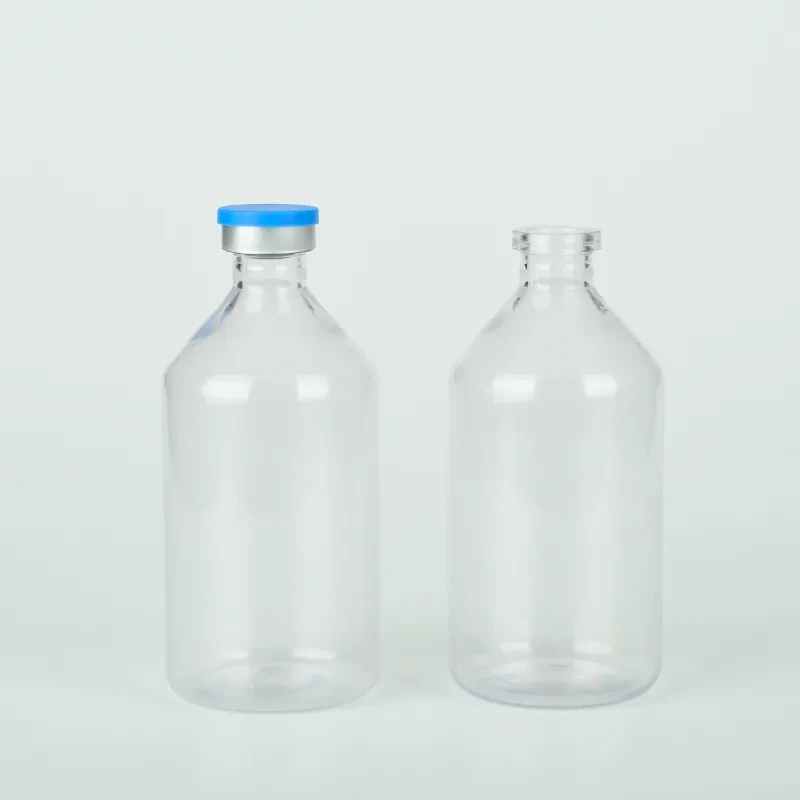hdpe juice bottle
The Rise of HDPE Juice Bottles A Sustainable Choice for Beverage Packaging
In recent years, the beverage industry has witnessed a significant shift towards more sustainable packaging solutions. Among these, High-Density Polyethylene (HDPE) has emerged as a popular choice for juice bottles. Known for its durability, chemical resistance, and recyclability, HDPE is increasingly favored by manufacturers aiming to minimize their environmental impact while maintaining quality and consumer appeal.
What is HDPE?
High-Density Polyethylene is a type of thermoplastic made from petroleum. Its structure consists of long chains of ethylene, which provide strength and stiffness. This plastic is characterized by its high strength-to-density ratio, making it tough and resistant to impact. Compared to other materials like glass or aluminum, HDPE is lightweight, which reduces transportation costs and carbon footprint. Its ability to withstand extreme temperatures further enhances its appeal, allowing juices to be stored without risk of degradation or contamination.
Advantages of HDPE Juice Bottles
1. Durability HDPE juice bottles are incredibly durable, which makes them ideal for storing various types of juices. They can withstand pressure without cracking and are resistant to shattering, unlike glass bottles. This characteristic is particularly important in the beverage industry, where the risk of breakage can lead to significant losses.
2. Chemical Resistance HDPE's chemical resistance means that the juices stored in these bottles remain uncontaminated. The material does not leach harmful chemicals into the beverage, maintaining the purity of the juice and ensuring safety for consumers.
3. Recyclability One of the most compelling reasons for the rise of HDPE juice bottles is their environmental benefits. HDPE is highly recyclable, with a well-established recycling infrastructure in many regions. Once the bottles are emptied, they can be collected, processed, and turned into new products, which significantly reduces waste in landfills. This eco-friendly attribute aligns with the growing consumer demand for sustainable packaging solutions.
4. Cost-Effectiveness Compared to glass or aluminum, HDPE is generally more affordable to produce and transport. This cost-effectiveness can be especially appealing for manufacturers, as it allows them to keep prices competitive while fulfilling their sustainability goals. Additionally, the lightweight nature of HDPE reduces transportation costs, further enhancing its economic viability.
hdpe juice bottle

5. Versatility HDPE juice bottles are available in various shapes and sizes, accommodating a wide range of juice products. Whether it’s a single-serving bottle or a larger family-size container, HDPE can be molded into the desired form, giving brands the flexibility to create appealing packaging tailored to their target markets.
Industry Trends
The consumer trend toward health-consciousness and environmental responsibility has led many beverage companies to rethink their packaging choices. More brands are recognizing that sustainable packaging, such as HDPE bottles, can enhance their eco-conscious image and attract environmentally aware consumers. This shift is evident in the growing number of juice brands that prominently feature recyclability and eco-friendliness in their marketing.
Moreover, with the rise of e-commerce, the demand for flexible and durable packaging solutions is increasing. HDPE juice bottles meet this need, providing robust and lightweight packaging that ensures safe delivery of beverages directly to consumers' homes.
Challenges Ahead
Despite its many advantages, the HDPE market faces challenges. Consumer perception of plastics can sometimes be negative, leading to hesitancy about using plastic packaging even when it is recyclable. Educating consumers about the recyclability of HDPE and encouraging responsible disposal practices are essential steps in overcoming this stigma.
Additionally, while HDPE is recyclable, not all facilities accept it, leading to potential recycling inefficiencies. The industry must work towards improving recycling rates and expanding capabilities to ensure that HDPE waste is diverted from landfills.
Conclusion
In conclusion, HDPE juice bottles represent a significant advancement in beverage packaging, combining durability, safety, and sustainability. As consumer preferences continue to evolve, the move towards eco-friendly packaging solutions will likely strengthen. By adopting HDPE, juice manufacturers not only enhance their product appeal but also contribute to a greener planet, paving the way for a more sustainable future in the beverage industry. With responsible practices and increased awareness, the journey toward a fully circular packaging economy can become a reality, benefiting both brands and consumers alike.
-
Aesthetic Makeup Spray Bottles | Fine Mist Empty RefillableNewsAug.19,2025
-
White Plastic Veterinary Vaccine Vials | Lab Liquid BottlesNewsAug.18,2025
-
Plastic Medicine Liquid Bottle: Secure Flip Top Drug VialsNewsAug.17,2025
-
Durable 250ml Blue Plastic Vaccine Vial for Lab & Vet UseNewsAug.16,2025
-
Sterile Virus Sample Tubes: Secure & Reliable Specimen CollectionNewsAug.15,2025
-
White 250ml Plastic Vaccine Vial for Lab & Vet MedicineNewsAug.14,2025
























